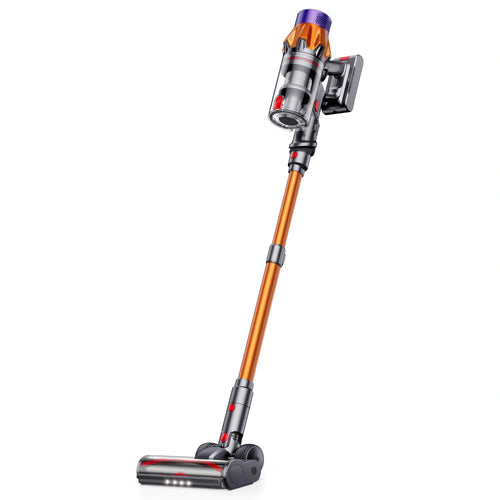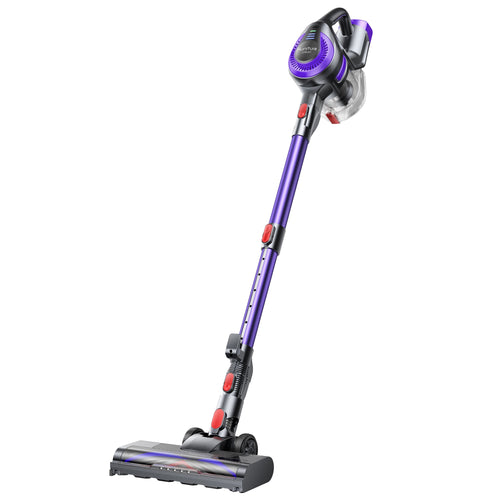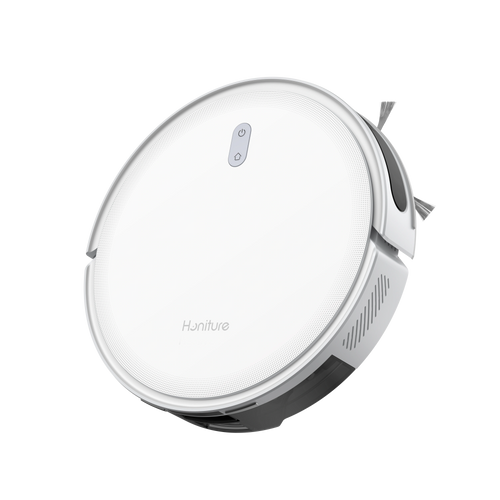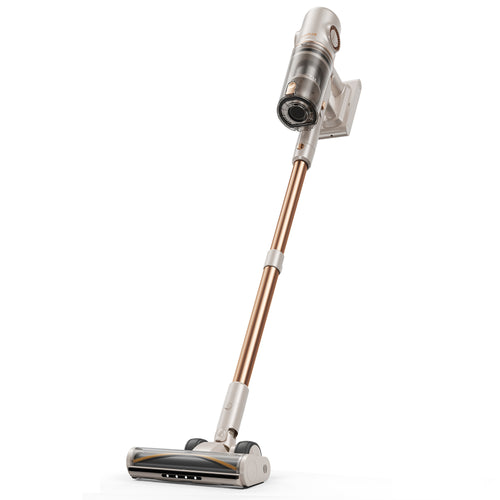A freshly cleaned carpet not only looks great, but it also improves air quality, removes allergens, and extends the life of your flooring.
Whether you're tackling a spillage, pet hair, or just routine dirt, knowing how to properly clean a carpet makes all the difference.
Let’s take a closer look at the most effective carpet cleaning methods, the tools you actually need, and when to go beyond vacuuming. We’ll also answer some frequently asked cleaning questions and share expert tips to keep your carpet looking as good as new.
Start With a Thorough Vacuum
The first step is to properly vacuum your carpet. For a good clean, this isn’t just a quick once-over. This goes beyond your regular tidy around the house.
Before any deep cleaning or stain treatment can begin, you need to remove as much loose dust, hair, and debris as possible.
To ensure your vacuum is up to the task, properly clean your machine and check the pipes and filters before you begin. This means your vacuum cleaner will be as efficient as possible to properly clean the carpet.
If you have lots of thick hair on the carpets, you may also want to pick up any clumps or fur patches straight away.
Pro tips for vacuuming:
-
Go slow: Move the vacuum head slowly across the carpet. Fast movement won’t give the machine time to work properly.
-
Double up in busy areas: Hallways, and living room spots where people walk or sit often should be vacuumed in multiple directions to lift matted fibres. This can take some time but you will see better results.
This is the same for any of your pet’s favourite spots, attacking it from all angles can help to really get that hair up.
-
Use attachments: Make the most of the tools at your disposal. Use the crevice tool and edge brush to get right up to skirting boards, stairs, and furniture legs. Dirt loves to hide in those hard-to-reach places.
-
Adjust the height: If your vacuum allows it, adjust the head height to match your carpet thickness. Too low, and airflow is restricted; too high, and it won't clean the carpet thoroughly. Also check for any other settings on your vacuum cleaner that might work for the area you’re cleaning.
Modern cordless vacuums are designed to make this essential task faster and more efficient. With powerful suction, motorised brush heads, and lightweight design, they’re perfect for navigating tricky areas like sofas, staircases, or around beds.
Spot Treat Stains Immediately
Fresh stains are much easier to deal with than old ones so always try and tackle stains as soon as you can. Use a clean cloth to blot spills (never rub!) then apply a targeted stain remover.
Tricks to clean common stains:
-
Red wine or juice – Blot with soda water, then apply a vinegar/baking soda paste.
-
Pet accidents – Use an enzymatic cleaner or special pet cleaner to break down odours.
-
Grease – Sprinkle with cornstarch, wait 10 minutes, and vacuum before dabbing with a mild detergent.
Be careful about the chemicals you use on your carpet, the wrong products can discolour the carpet or even make the stain worse.
Choose Your Deep Cleaning Method
Vacuuming lifts surface dirt, but deep cleaning is key to removing embedded grime and allergens. You have two main options, wet or dry cleaning.
a) Carpet Shampooing
You can rent or buy a carpet cleaner and use warm water with a carpet-safe detergent.
Simply vacuum, fill the machine with water and cleaner, and clean the carpet in small sections. It should take 4-8 hours for the carpet to dry after shampooing.
Pro tip: Never soak your carpet with water. Too much moisture can lead to mould, shrinkage, or damage to the underlay. Carpet cleaners when operating properly shouldn’t make your flooring too wet.
b) Low-Moisture or Dry Cleaning
Your second option is to use a dry cleaning powder or foam, work it into the carpet with a brush, and vacuum it up.
This is great for maintenance between deep cleans and avoids over-wetting the carpet.
Dry the Carpet Properly
After cleaning, ventilate the room with open windows and fans to speed up drying time.
Walking on damp carpet can reintroduce dirt and flatten the fibres so it’s best to do the treatment and try to stay away from the carpet where possible.
If possible, avoid cleaning carpets on humid days, as this slows the drying process.
Use the Right Vacuum Cleaner Regularly
Regular vacuuming is your best defence against dirt buildup, but the type of vacuum you use matters.
Look for vacuums with:
-
Strong suction (especially for plush or high-pile carpets)
-
HEPA filters (to trap allergens and dust)
-
Rotating brush rolls or motorised heads
Cordless vacuums, like those from Honiture, are perfect for regular use without the hassle of cords. They’re lightweight and easy to carry around the home, making regular vacuuming more convenient.
How Often Should I Vacuum?
There’s no exact science for vacuuming frequency but on average those with pets or busy homes will likely need to do it more regularly.
Here are some averages that may be useful:
-
Vacuum 2–3 times per week in busy areas
-
Spot clean spills immediately
-
Deep clean every 6–12 months (more often for pet owners)
FAQs
Can I deep clean carpet without a machine?
Yes! Use a mix of warm water, vinegar, and baking soda, scrub with a brush, and blot dry. For large areas or frequent messes, a machine is more effective and saves time.
How do I remove bad smells from the carpet?
Vacuum thoroughly, then sprinkle bicarbonate of soda over the carpet. Let it sit overnight, then vacuum again. For persistent odours, an enzyme cleaner or steam cleaning may be needed.
Should I vacuum before or after carpet shampooing?
Always vacuum first. This removes loose dirt and prevents it from turning into mud when the carpet gets wet.
Why does my carpet look worse after cleaning?
This is often due to residue from cheap carpet shampoos or incomplete drying, which can attract more dirt. Use high-quality solutions and make sure carpets dry fully.
































